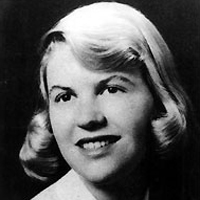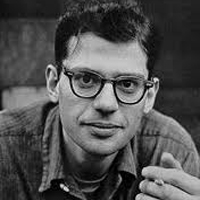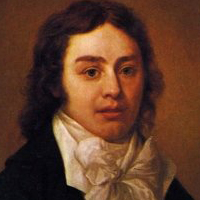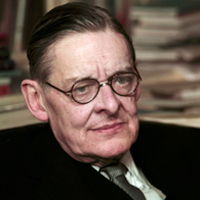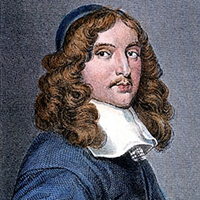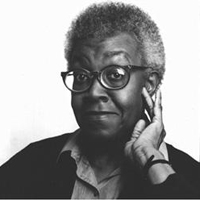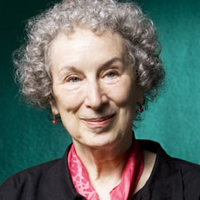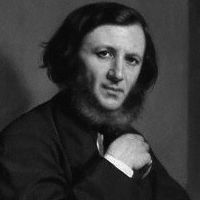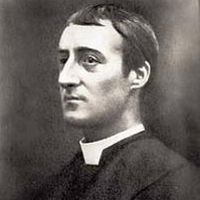Daddy by Sylvia Plath: Critical Analysis
This poem is a very strong expression of resentment against the male domination of women and also the violence of all kinds for which man is responsible. The speaker expresses her rage against her 'daddy', but daddy himself is a symbol of male.
